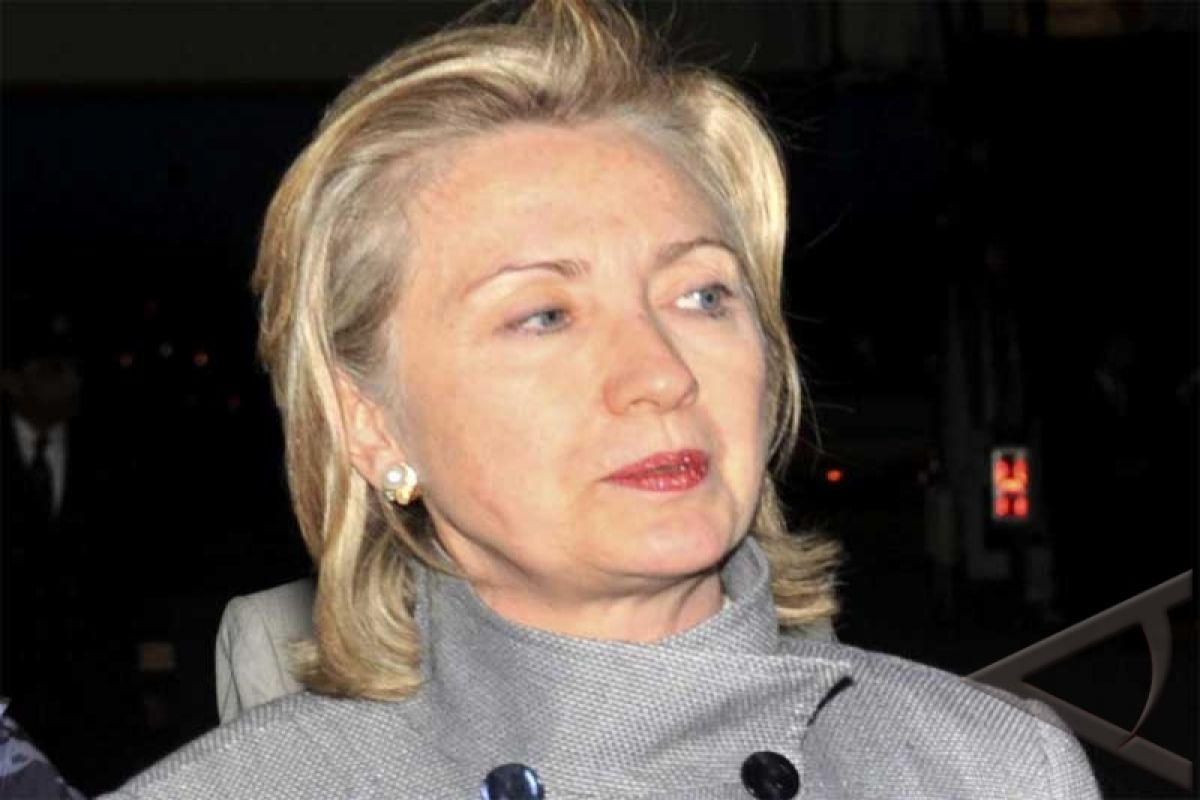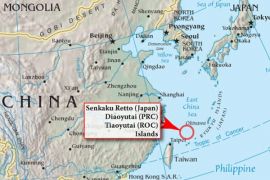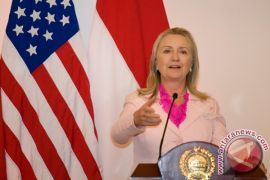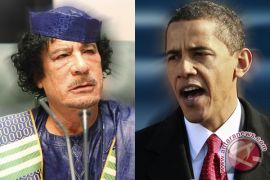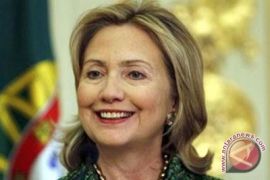Clinton meets Mexican Foreign Minister Patricia Espinosa in the central city of Guanajuato and then flies to Mexico City to see President Felipe Calderon, who launched an army-led crackdown on drug cartels when he took office in 2006.
More than 34,000 people have been killed during the past four years in Mexico`s drug-related violence, which the U.S. State Department has described as a national security threat.
In a report issued on Jan. 12, Fitch Ratings said the strife "appears to be dampening confidence, retail and commerce activities" in Mexico but it reaffirmed the country`s BBB foreign-currency debt rating.
"Certainly this is a national security threat," State Department spokesman P.J. Crowley told reporters on Friday.
"One of the key elements of sovereignty in any context is a monopoly on the use of violence," Crowley said. "These international criminal organizations -- they have assets and weapons and people that certainly can challenge any security force."
Clinton will take the rare step of meeting her Mexican counterpart outside the capital city, spending much of her day with Espinosa in the Mexican colonial city of Guanajuato.
A small city of narrow cobblestone streets, Guanajuato is where insurgents kick-started Mexico`s independence from Spain in 1810.
In addition to the fight against organized crime, the two plan to discuss strengthening the competitiveness of the U.S. and Mexican economies and modernizing the U.S.-Mexican border.
Clinton then travels to Mexico City for a quick meeting with Calderon, whose war on drugs has triggered violence across Mexico as army troops were deployed to fight gangs smuggling drugs into the United States.
The Mexican government says the bloodshed is a sign the gangs are weakening. But business leaders and rights groups worry the strategy has backfired, sparking an endless stream of revenge killings that is spilling across the country.(*)
KR-BPY/H-AK
Editor: Jafar M Sidik
Copyright © ANTARA 2011
